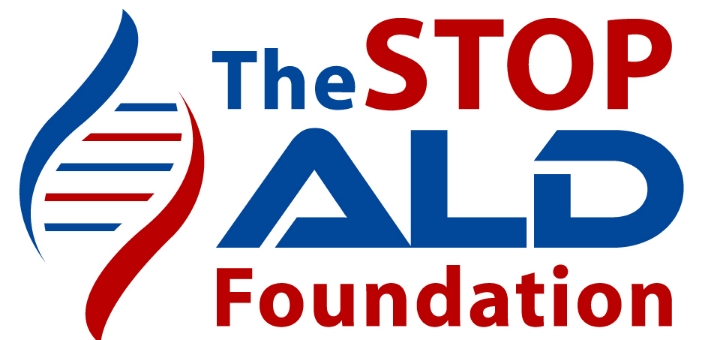The Stop ALD Foundation is excited to announce that the University of Pennsylvania's Orphan Disease Center has awarded a $100,000 research pilot grant to Dr. Ali Fatemi at The Kennedy Krieger Institute.
A significant hurdle for translating preclinical work into clinical trials for Adrenomyeloneuropathy (AMN) is the slowly progressive nature of AMN with extremely variable rates of progression. There is a critical need for surrogate biomarkers which can predict disease progression, or identify individuals who are rapid progressors. Effort is needed to be “clinical trial ready” so that therapeutic treatments can be tested for efficacy.
This grant will fund assessment of existing Kennedy Krieger longitudinal magnetic transfer (MT) and diffuse tensor imaging (DTI) magnetic resonance imaging (MRI) of the brain and cervical spinal cord of AMN patients to look for significant changes over a 12-month period. In addition, standardized neuroimaging protocols will be implemented which can be executed at 4 main ALD Connect clinical trial centers. The identification and implementation of a multicenter imaging protocol for AMN is needed to allow the full implementation of the ALD Connect multicenter clinical trial network.
This work will serve as an important foundation for the broad research community, supporting a range of therapeutic approaches being studied by many dedicated researchers.
This $100,000 grant was a result of the University of Pennsylvania Orphan Disease Center's annual Million Dollar Bike Ride. The Million Dollar Bike Ride focuses on raising money for rare disease research doubling the amount of money raised by its participants. The Stop ALD Foundation lead the ALD team and raised a total of $50,000, of which The Stop ALD Foundation contributed $40,000, amplifying donor money into important research areas. Dr. Fatemi’s grant will advance much-needed research.
Grant Awarded: $100,000
Project Title: Multicenter Cross Standardization of Magnetic Resonance Imaging Methods for Adrenoleukodystrophy/Adrenomyeloneuropathy.
Project Goal: Implement, cross standardize and validate MRI protocols necessary for clinical trials in Adrenomyeloneuropathy (AMN), the adult form of X-linked Adrenoleukodystrophy (ALD), for the ALD Connect Consortium.
Brief Background: Adrenomyeloneuropathy (AMN) is the adult variant of X-linked ALD and is a slowly progressive neurodegenerative disorder due to mutations in the peroxisomal AcylCoA transporter, ABCD1, with no current therapeutic options. However, over the last 10 years, at least 5 different biotechnology companies have developed a research and development program for AMN and encouraging results are emerging from preclinical studies. Furthermore, several neuroimaging methods have been studied in AMN and could serve as biomarkers. Yet, the conduction of clinical trials is hampered by rarity of the disorder and lack of standardized quantitative outcome measures. In an effort to overcome these issues, ALD Connect, a new consortium, was established a few years ago with the goal to cross-harmonize data collection.
Importantly, MRI imaging protocols are not standardized between centers specialized in ALD for clinical trials, due to varying MRI scanner models and paradigms. In collaboration with Dr. Seth Smith, we have developed tools that will allow the harmonization of imaging protocols between the nation’s five main clinical sites.
Specific Aims:
- Aim 1: Develop a standardized imaging protocol and MRI sequence for AMN trials which is executable by all included site MRI scanners and infrastructure.
- Aim 2: Implement imaging protocols by performing on-location MRI brain scans of a single healthy control subject at each trial site. Assess equivalency of MRI scan data between sites at The Kennedy Krieger Institute, and implement necessary protocol changes at the trial sites. Establish a communication and review platform between AMN and imaging experts for the trial sites as a multi-center imaging network.
